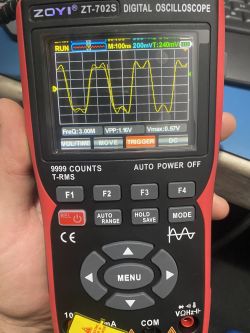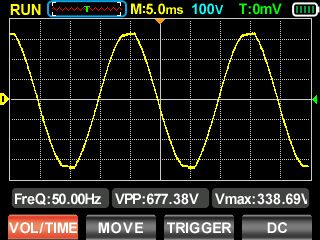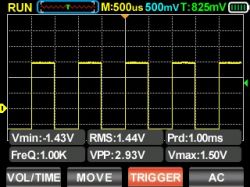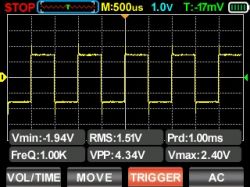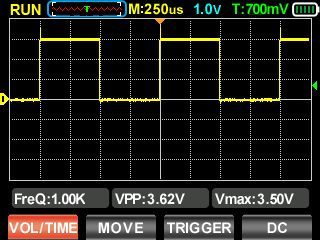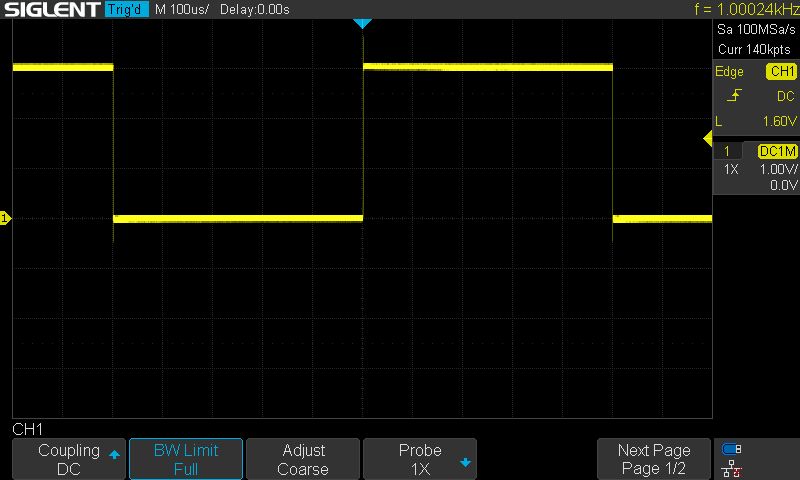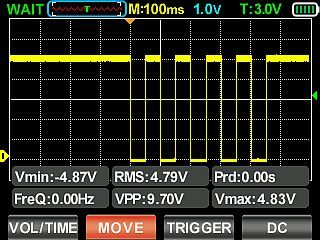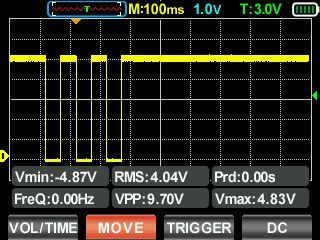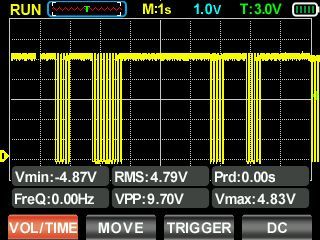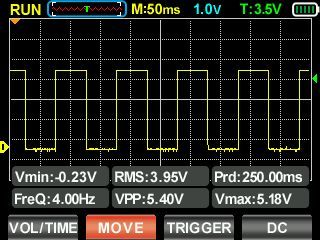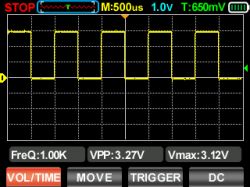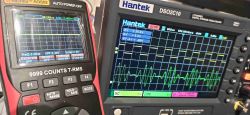I watched a few videos on YT and it looks like we finally have a decent oscilloscope for a hobbyist for less than PLN 300. It is available under several brands: ZOYI ZT702S, BSIDE ZT702S, and ANENG AOS02 (and probably a few others). I wonder if any of the electrod enthusiasts have already had it in their hands? On paper it looks at least decent - a 10000 counts multimeter, i.e. 4 full digits, and an oscilloscope with a normal oscilloscope probe and sampling rate of 48 MSa/s (real-time!), 64 kB memory and a bandwidth of 10 MHz (actually 5 MHz). Regular DSO, without any frills, with decent refresh rate. If this is true, then all toy oscilloscopes lose their meaning. It is worth noting that the oscilloscope is implemented without the use of ASICs, on the quite popular AT32F403 microcontroller and a 10-bit ADC converter, and also has a decently designed analog front-end.
https://www.aliexpress.com/item/1005005661605508.html
https://www.eevblog.com/forum/testgear/new-zo...scopes-zt-70xs-up-to-50mhz250msps-(nov-2022)/
Tell us what you think about it?
There is also (at least in plans) a cheaper ZT701S variant (3 MHz@24 MSa/s) without a BNC input, and a more expensive two-channel ZT703S (2x 50 MHz@250 MSa/s).
https://www.aliexpress.com/item/1005005661605508.html
https://www.eevblog.com/forum/testgear/new-zo...scopes-zt-70xs-up-to-50mhz250msps-(nov-2022)/
Tell us what you think about it?
There is also (at least in plans) a cheaper ZT701S variant (3 MHz@24 MSa/s) without a BNC input, and a more expensive two-channel ZT703S (2x 50 MHz@250 MSa/s).



